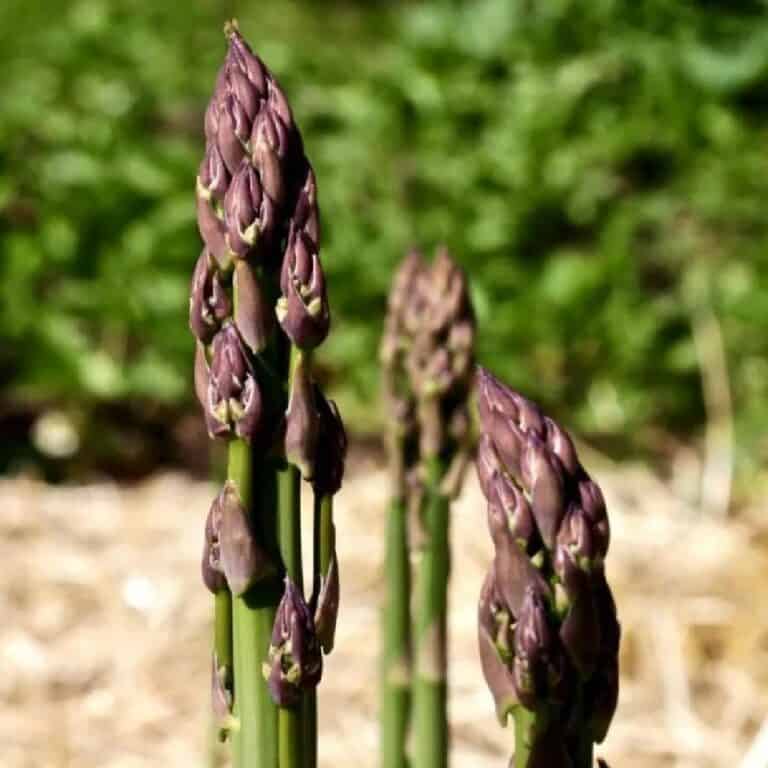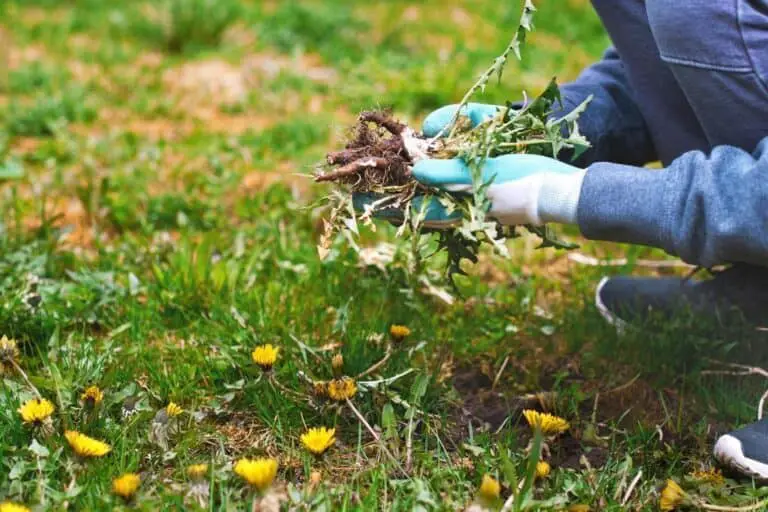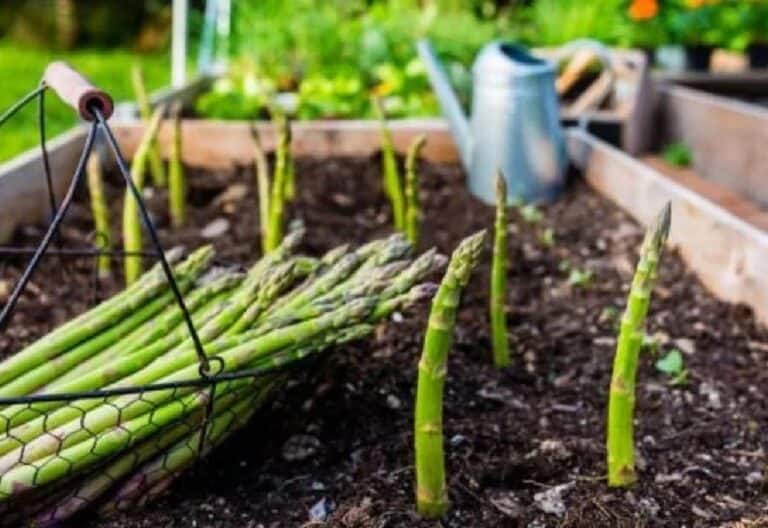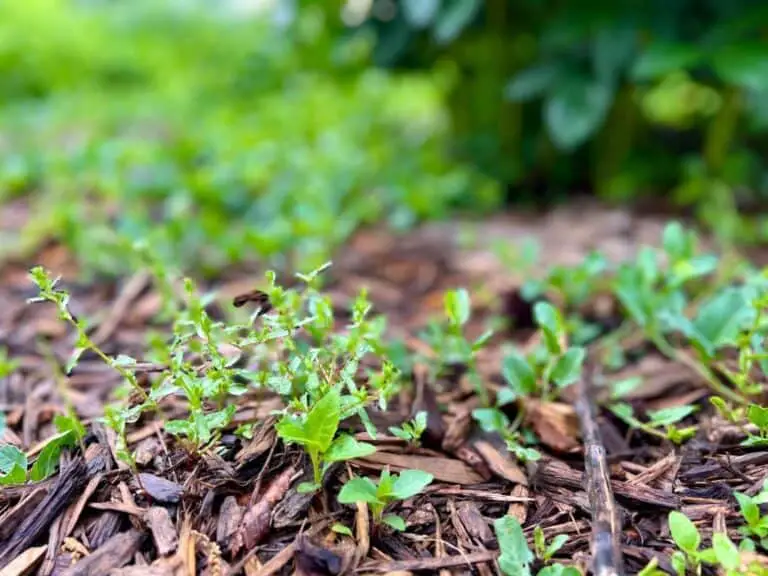Are Weeds Easier to Pull When Wet or Dry? The Most Effective Time
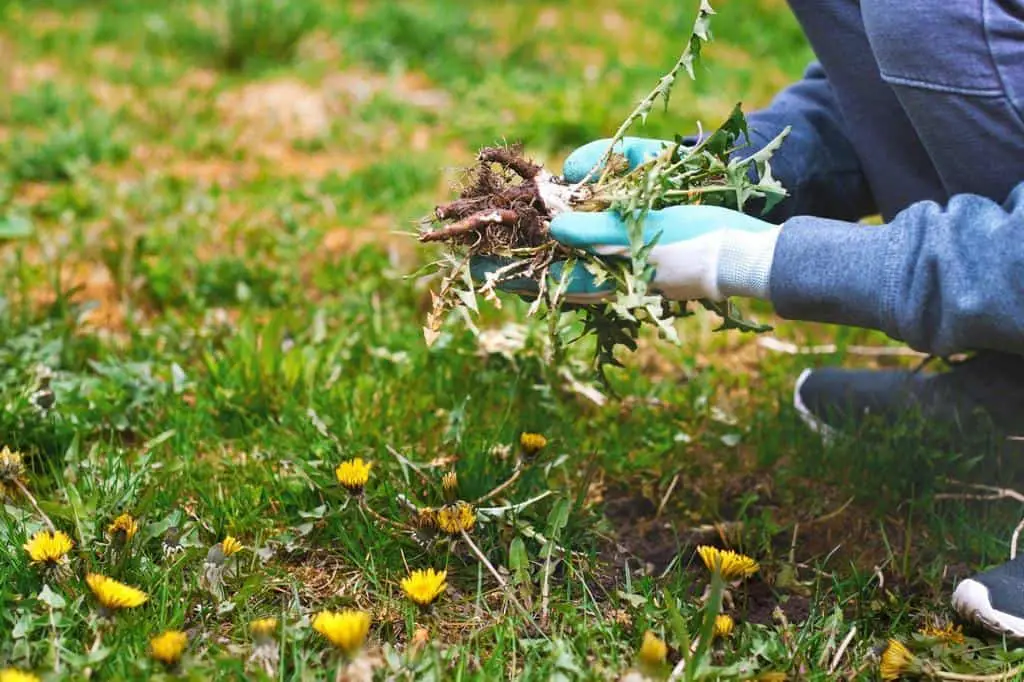
Weeds are a common issue for gardeners and homeowners alike. They are unwanted plants that grow where they are not wanted, often taking over valuable space in a garden or lawn.
Have you ever tried to pull weeds from your garden or yard, only to find that some are easier to remove than others? Maybe you’ve wondered if it’s better to tackle this chore when the ground is wet or dry. After all, it can be a tedious and time-consuming task, so you want to do it right the first time around.
Well, you’re not alone. Many people debate over the most effective time to pull weeds, and it’s a topic that’s been buzzing around social media lately. So, what’s the verdict? Are weeds easier to pull when wet or dry? Let’s explore the answer together and finally put this debate to rest.
Factors Affecting Weed Pulling
When it comes to weed pulling, there are a variety of factors that can affect the effectiveness and ease of the process.
1. Type of Weed
One of the most important factors is the type of weed itself. Different weeds have different root systems, which can make them more or less difficult to pull. For example, weeds with shallow root systems may be easier to pull than those with deep taproots.
2. Size and Age of Weed
The size and age of the weed can also impact how difficult it is to remove. Younger, smaller weeds are generally easier to pull than larger, more established plants.
3. Soil.
Another important factor to consider is the soil in which the weed is growing. Weeds that are growing in loose, moist soil are generally easier to pull than those growing in compacted, dry soil. This is because the roots of the weed are able to spread out more easily in loose soil, making it easier to get a good grip on the plant and pull it out by the root. Conversely, weeds growing in dry, compacted soil may have roots that are tightly packed and difficult to extract.
4. Weather Condition
The weather can also have an impact on weeding. For example, if the soil is wet from recent rain, weeds may be easier to pull because the ground is softer and the roots are looser. However, if the soil is dry, it may be more difficult to remove weeds because the roots are more tightly packed in the soil. Similarly, if it is hot and sunny outside, the soil may dry out more quickly, making it more difficult to remove weeds.
5. Tools
Another factor to consider is the tools you are using to pull weeds. While it is possible to pull weeds by hand, using a hoe, trowel, or other specialized tool can make the process easier and more efficient. Additionally, different tools may be more effective for different types of weeds or soil conditions. For example, a trowel may be best for removing weeds with shallow roots, while a hoe may be better for cutting through tough, compacted soil to reach deeper roots.
6. Technique and Physical Ability
Finally, it is important to consider your own physical ability and technique when pulling weeds. Proper posture and technique can help to reduce the strain on your back and other muscles, making the process easier and less tiring. Taking breaks and stretching can also help keep you from getting tired and reduce the chance of getting hurt. Overall, by considering these various factors and taking the appropriate steps to address them, you can make weed pulling a more effective and efficient process.
Are Weeds Easier to Pull When Wet or Dry?
Pulling weeds is a necessary task to keep a garden or lawn healthy, but the question of whether weeds are easier to pull when wet or dry is a common one. The short answer is that weeds are easier to pull when wet, but there are several factors to consider.
Wet soil is softer and more pliable, making it easier to loosen the soil around the weed’s roots. This can make it easier to remove the entire weed, including the root, which is essential to preventing the weed from regrowing. The moisture content of the soil is also essential for the weed’s roots. When the soil is wet, the roots are more pliable and can be removed more easily without breaking.
Another factor to consider is the type of soil. If the soil is heavy and clay-like, it can be more difficult to pull weeds, regardless of whether the soil is wet or dry. In this case, it may be necessary to loosen the soil with a garden fork or trowel before attempting to remove the weed.
One disadvantage of pulling weeds while wet is the risk of damaging nearby plants. Wet soil can be easily compacted, and stepping on wet soil can cause damage to plant roots. It’s important to be careful when pulling weeds in wet soil, taking care not to damage any surrounding plants.
When pulling weeds when the soil is dry, the soil can be more difficult to loosen around the weed’s roots. The roots are also less pliable, making it more likely that the root will break off when attempting to pull the weed. However, dry soil can be beneficial in that it’s less likely to cause damage to surrounding plants, and it’s easier to see the weed and its root system.
Moisture’s Effect on Weed Roots
Moisture plays a crucial role in the growth and survival of plants, including weeds. In fact, the amount of moisture in the soil can have a significant impact on the roots of weeds and their ability to thrive. When it comes to weed pulling, understanding how moisture affects weed roots can be helpful in determining the best time and method for removing them.
When the soil is moist, weed roots can grow and spread out in search of nutrients and water. This can make it more difficult to pull weeds, as their roots may be more deeply embedded in the soil. Additionally, if the soil is too wet, attempting to pull weeds can actually damage the surrounding soil and plants, as well as spread weed seeds around the area.
On the other hand, when the soil is too dry, weed roots may struggle to absorb the water they need to survive. This can cause the roots to become weaker and more brittle, making it easier to pull the weed out by the root. However, it is important to note that if the soil is too dry, other plants in the area may also be suffering, and attempting to pull weeds could cause further damage.
In general, a moderate level of soil moisture is ideal for weed pulling. This can make it easier to grasp the weed’s roots and pull it out without damaging the surrounding soil or plants. Additionally, pulling weeds when the soil is moist can help to ensure that the entire root system is removed, preventing the weed from regrowing.
It is also worth noting that different types of weeds may be more or less affected by moisture levels in the soil. For example, weeds with shallow roots may be easier to remove when the soil is moist, as their roots are less likely to be tightly packed. Conversely, weeds with deeper roots may be more difficult to remove in moist soil, as their roots may be more firmly anchored in the soil.
Techniques for Wet Weed Pulling
When it comes to pulling weeds, doing it when the soil is wet can make the task easier, but it also requires some specific techniques. Here are some techniques for wet weed pulling that will make the job easier and more effective.
- The first technique is to wait until the soil is sufficiently wet. If the soil is too dry, the weed roots will not loosen, making it difficult to remove the entire plant. On the other hand, if the soil is too wet, you risk compacting the soil and causing damage to other plants in the area. A good rule of thumb is you wait to pull weeds until the soil is moist but not waterlogged.
- Once you’ve determined that the soil is sufficiently wet, the next technique is to use the right tools. A hand trowel or fork is ideal for loosening the soil around the weed’s roots. Insert the tool near the base of the weed, and gently wiggle it back and forth to loosen the soil. This will make it easier to pull out the entire plant, including the roots.
- Another technique is to grab the weed at the base of the stem, as close to the soil as possible. Use a firm grip and pull gently but firmly, using a twisting motion to loosen the roots from the soil. If the weed does not come out easily, use the hand trowel or fork to loosen the soil further.
- It’s important to remove the entire plant, including the roots, when pulling weeds. If any part of the root is left in the soil, the weed is likely to regrow. In some cases, it may be necessary to dig deeper to ensure that all of the roots have been removed.
- Finally, it’s important to dispose of the weeds properly. Do not compost weeds that have gone to seed, as this will spread the seeds and lead to more weeds. Instead, dispose of the weeds in a yard waste bin or bag and dispose of them according to your local regulations.
Techniques for Dry Weed Pulling
Dry weed pulling can be a challenging task, as the soil can be compacted and the roots of the weed may be more difficult to extract. However, with the right techniques and tools, it is possible to remove weeds effectively even in dry soil conditions.
- One important technique for dry weed pulling is to water the soil prior to pulling the weeds. This can help to loosen the soil and make it easier to extract the roots of the weed. It is important to note that you do not need to soak the soil, as this can cause damage to other plants in the area. Instead, lightly watering the soil the day before or morning of weed pulling can help to soften the soil and make the task easier.
- Another technique for dry weed pulling is to use the appropriate tools. While it is possible to pull weeds by hand, using a specialized tool such as a garden fork or dandelion digger can make the process easier and more efficient. These tools are designed to get deep into the soil and pry out the roots of the weed, even in dry conditions. It is important to choose a tool that is appropriate for the type of weed you are removing, as well as the soil conditions.
- When pulling weeds in dry soil, it is important to take your time and work slowly. Rushing the process can result in breaking off the top of the weed, leaving the roots behind to regrow. Instead, work methodically, loosening the soil around the weed with your tool and gently pulling it out by the root. If the weed is particularly stubborn, you may need to use a twisting motion to extract the roots fully.
- Proper posture and technique are also important when pulling weeds in dry soil. Bending over for long periods of time can put strain on your back and other muscles, leading to fatigue and injury. Instead, work with your legs and keep your back straight, taking breaks and stretching periodically to prevent strain.
Best Practices for Weed Removal
Getting rid of weeds is an important part of keeping a garden or landscape healthy and beautiful. However, removing weeds can be a challenging task, as it requires careful attention to detail and the use of appropriate tools and techniques. To ensure that weeds are removed effectively and safely, it is important to follow best practices for weed removal.
One of the most important best practices for weed removal is to remove the entire root system of the weed. This is because if any part of the root is left behind, the weed can regrow and continue to spread. To ensure that the entire root system is removed, it is important to use the appropriate tools and techniques, such as a garden fork or weed puller, and to work carefully to loosen the soil around the root system before extracting it.
Another important best practice for weed removal is to be mindful of the surrounding environment. When removing weeds, it is important to avoid damaging other plants in the area or disturbing the soil. This can be done by working carefully and methodically, taking care not to trample on surrounding plants or compact the soil. Additionally, it is important to properly dispose of removed weeds to prevent the spread of weed seeds.
Timing is also an important consideration when it comes to weed removal. In general, it is best to remove weeds when they are still small and their root systems are not yet fully established. This can make the process of removal easier and reduce the risk of damage to other plants in the area. Additionally, it is important to remove weeds before they have a chance to go to seed, as this can help to prevent the spread of weeds throughout the garden or landscape.
Proper posture and technique are also important when it comes to weed removal. Bending over for long periods of time can put strain on the back and other muscles, leading to fatigue and injury. Instead, work with the legs and keep the back straight, taking breaks and stretching periodically to prevent strain. Additionally, it is important to use the appropriate tools for the job and to maintain them properly to ensure that they are effective and safe to use.


